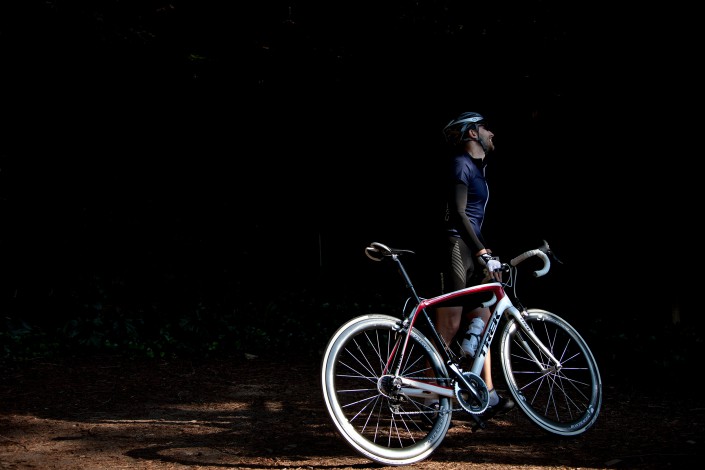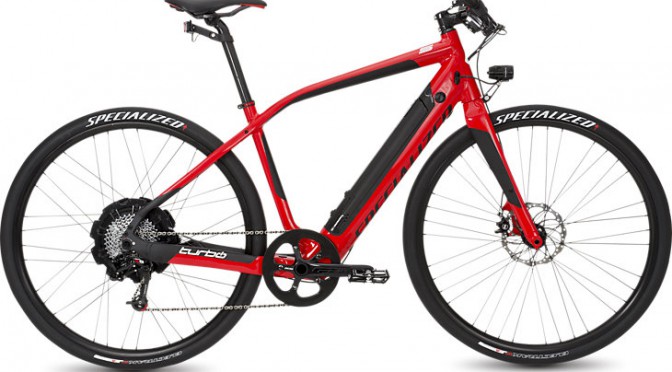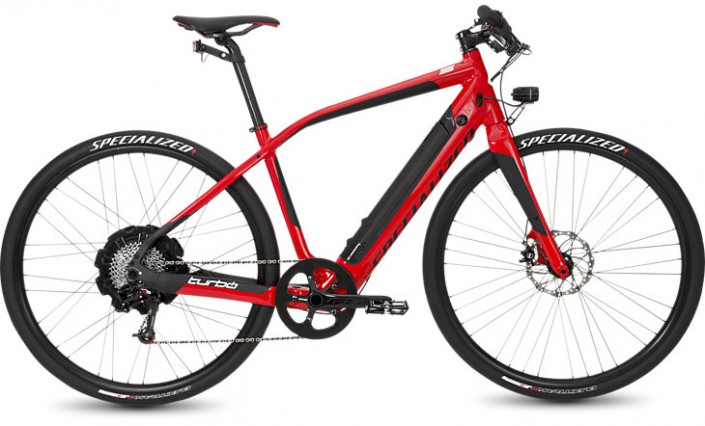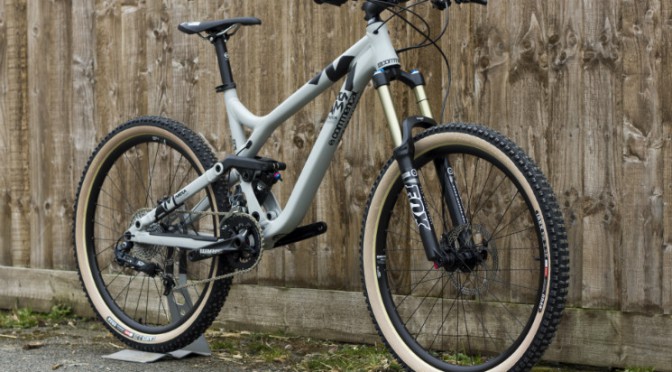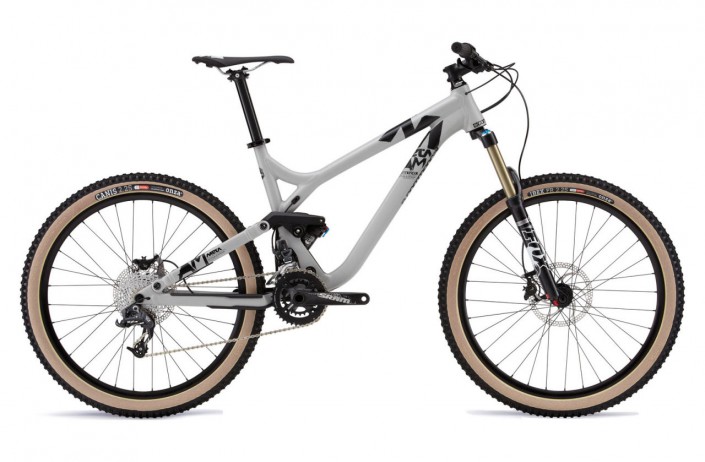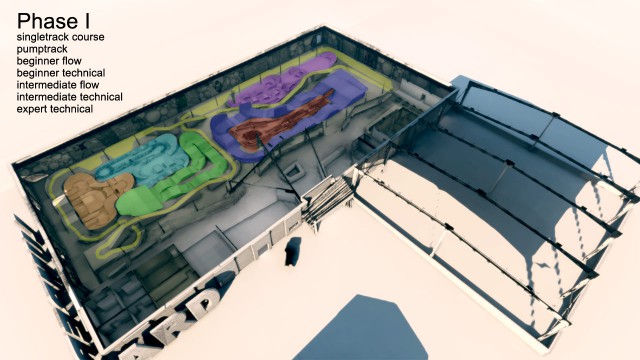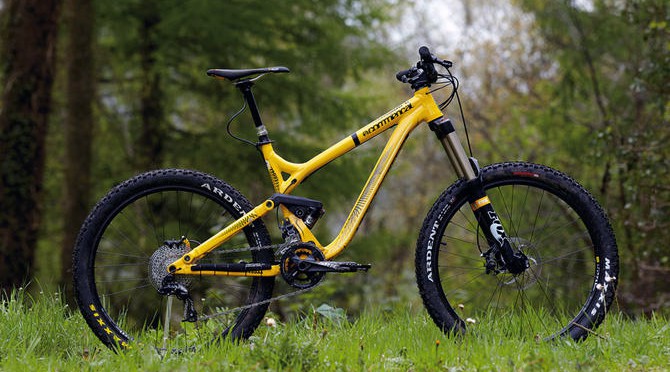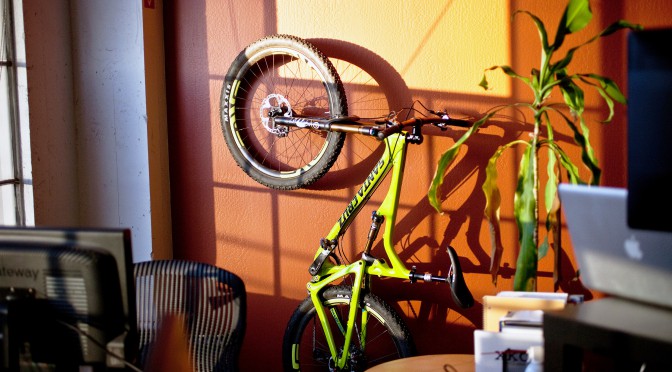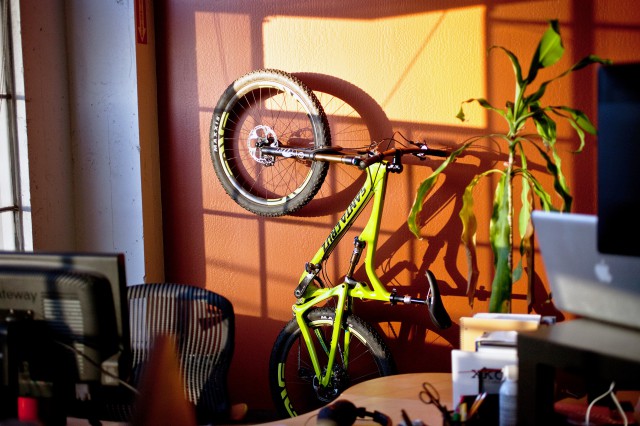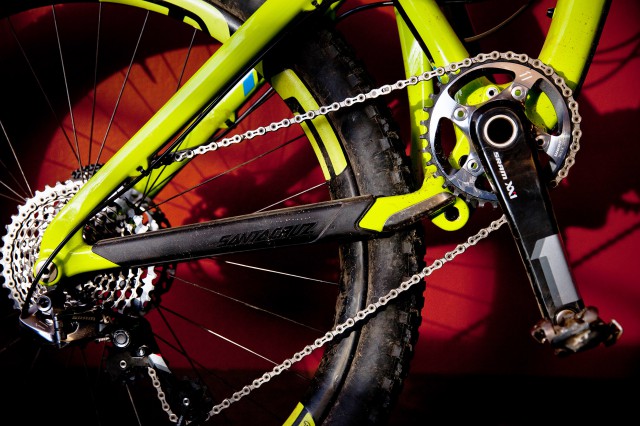The original Meta was a classic aggressive off-road vehicle. So cool that the current Meta falls a little short of it. Fortunately, even with a complete frame overhaul, it managed to retain the original spark, the lively interaction between the rider and the bike, but gained a phenomenally strong suspension system with improved control. The result? The Flat Out Fun Bike award from The What Mountain in 2012.
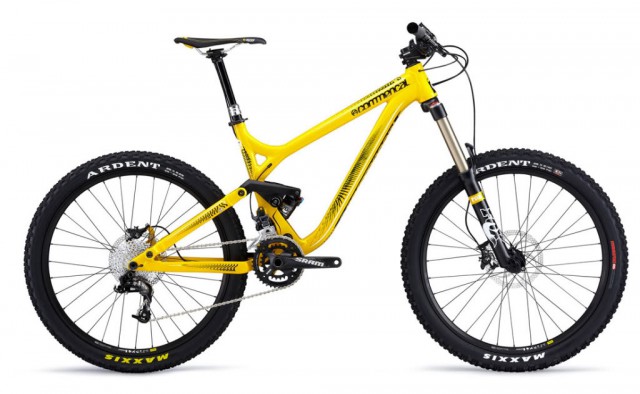
Here’s what the judges said:
“Once you lay eyes on the incredibly sloping top tube, slender feathers, large press-fit bottom bracket, and the shock neatly hidden just above it, you will immediately understand that you are looking at a true gravity downhill bomb.
The Fox 36 fork, the threaded rear axle measuring 142x12mm, and the 66-degree head tube angle only confirm this very serious claim, while there is not a single cable visible on the surface of the bike (they are all hidden inside the tubes along with the dropper post holes), making its contours appear perfectly smooth and flawless.
Commencal spared no expense in refining the key components of their creation. The Fox fork, Formula RX brakes, Mavic rims, Maxxis Ardent tires, and the textured saddle with its exemplary design will drive you crazy as soon as you enter the store.
Despite the fact that the suspension here may seem too plush during the ride, the shock works perfectly regardless of the force of impact it has to endure. The rear wheel naturally sticks to the ground, and the bike itself overcomes speed bumps, massive rocks, and deep potholes with boundless enthusiasm.
In addition, the bike is large enough for you to truly lean into the berms while keeping your gaze forward – the suspension will take care of the rest, performing well both in the front and rear.
As a result, we have a bike that leaves all competitors behind, except for the incredibly expensive and therefore the best models. While the relatively low riding position on the SX dictates relative comfort for the rider, responsive pedals act like an invisible and swift winch, lifting you to the very top.
The Meta SX is a hardcore 32-foot daredevil.”
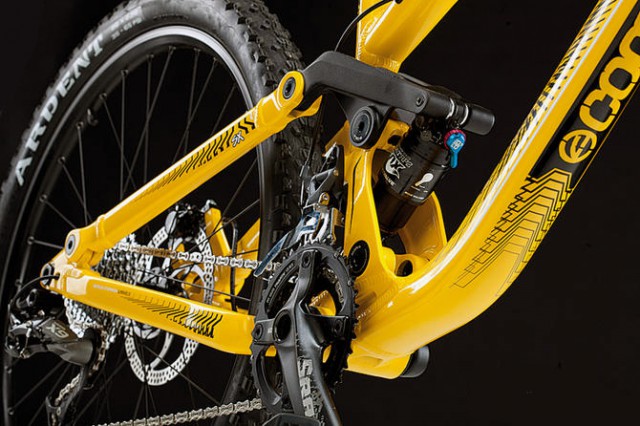
Having tried the all-mountain version of this bicycle with a Fox 32 fork for the first time, we came to the conclusion that with the correct suspension setup and some components, the Meta SX becomes a natural bombshell. Durable, easy to handle, and equipped with the latest technology, it leaves no chance for its critics.
Driving and handling: off-road fun of all shades
The exceptional composure combined with the unwavering rigidity of the suspension makes the SX an insatiable devourer of loose singletrack trails. Even after completing long and exhausting test rides, of which we had plenty, the Meta SX managed to bring back the exhilarating fun to what seemed like a stagnant all-mountain sport. We were very reluctant to part with it, to the point that we still want to ride it once or twice. To once again taste that unforgettable feeling of the Ardent’s large side knobs gripping the loose terrain.
The cockpit is a bit cramped, but the long wheelbase provides enough stability. At first, we were a bit worried, but the Meta SX never trembled or flexed even at the craziest speeds. It handles any bumps and jolts excellently, protecting the rider from unexpected encounters between their face and the local geology. We sincerely tried to find any flaws in the suspension, but our efforts were in vain.
The sharpness of the Meta SX speaks of its high precision when riding over rocky crevices, tricky ledges, and the “emergency” clearing of countless twigs, rocks, and dry leaves, if you’re “lucky” enough to venture beyond the main trail. Thanks to the super-short top tube and small chainstays, the Meta SX can perform anything, whether it’s trickery for the sake of pleasure or jumps and high-speed swaying.
The progressive spring works tirelessly, so the suspension easily dampens additional lateral impulses from jumps, rocks, and landings. And since these mini-adventures happen every second, you can rest assured and simply pedal with all your might, whether you’re racing or just holding a grudge against the guy riding behind you.
The Meta SX suffers from excess weight, which slightly hinders initial movement. However, if you can handle the low position and catch your breath, any climb will be a piece of cake (except for the longest and smoothest ones), even if you never touch the ProPedal lever.
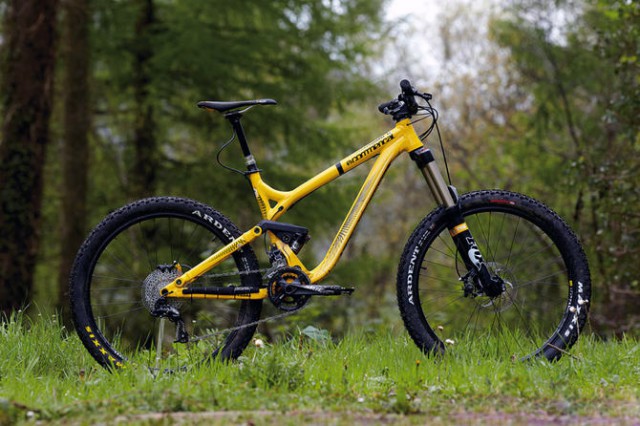
Frame and equipment: Commencal took into account all the details
The bicycle is equipped with a exemplary yellow frame, which can be praised for several advantages at once. Slits for speed and brake cables are made in the tapered head tube, as well as another hole for the wiring responsible for remote control of the seatpost.
For greater rigidity, the joints of the lower tube are soldered, and the tubes themselves (including the angle connecting the seatpost and upper tubes) are made wide and rectangular to avoid rotational vibration. Thanks to the sagging lower tube, the center of gravity of the bicycle is very low. Just like the shock absorber, which is installed in a spacious trapezoidal metal window slightly above the incredibly wide press-fit bottom bracket.
Massive inclined rear dropouts set in motion a wide pseudo-four-bar suspension system, and the axle fastens the rear part of the bicycle together. The inclined dropouts are fastened from both ends with large double-sided bolts. Due to the presence of the drivetrain, the lower dropouts adjoin the frame at different angles, but this does not prevent them from being a haven for cables.
By the way, Maxxis Ardent tires are one of the completely reliable “accessory” solutions from Commencal regarding the Meta SX (even considering that the bicycle is relatively inexpensive) and at the same time our favorite high-speed rubber.
Mavic rims are mounted on powerful and reliable classic Commencal hubs, which have proven themselves to be true long-lasting performers. In addition, there is a remote-controlled RockShox Reverb seatpost, which is literally designed for enduro style. The length of the handlebar is such that on one hand, it will not catch on every passing tree, and on the other hand, it has a fairly wide grip, making it easier to control the Meta SX, especially on fast and bumpy descents. And the construction of the stem, which attaches the handlebar to the head tube, is such that it dictates a slightly lower seating position for the cyclist.
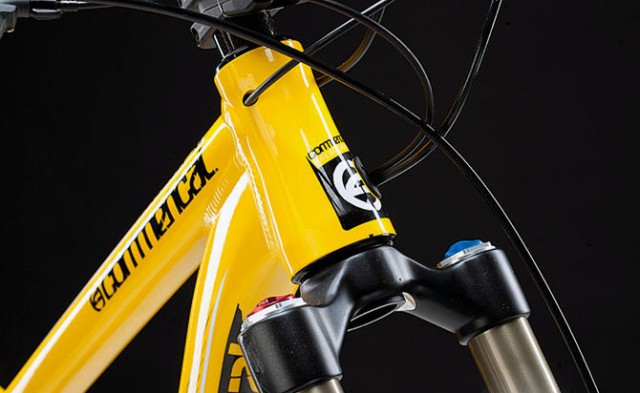
The Formula RX brakes work in the blink of an eye, and the 180-millimeter rotor attached to the fork makes adjustment much easier. While downhill cyclists are preoccupied with ISGC chain guides, the Meta SX suspension is so smooth that the chain doesn’t even come off when riding on rocky and therefore unsafe for pedals terrains. The bottom bracket, equipped with 170-millimeter cranks, is low, but decent clearance remains even on turns.
The creators of the Meta SX have never made a mistake with the suspension. The suspension handles small bumps excellently, but occasionally behaves a bit restlessly, for example, downward jolts feel a bit jerky. The rear suspension system, consisting of the RP2 shock absorber and pseudo-four-bar linkage, is also balanced quite well. On smooth roads, it feels soft, but as soon as you find yourself on a high-speed bumpy track, you immediately realize how well-balanced the suspension is. Moreover, on the most demanding sections of the road, this balance is felt particularly keenly.
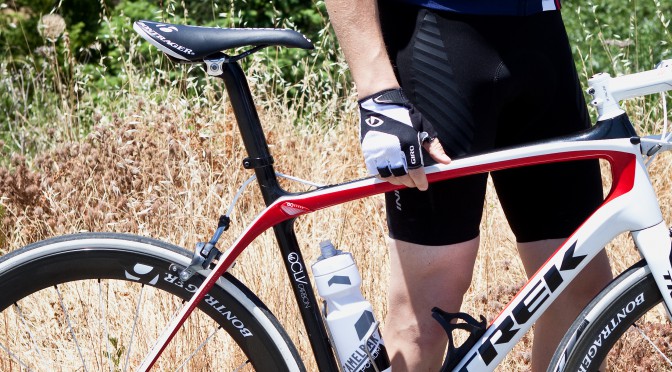
 info@velo.bike
info@velo.bike